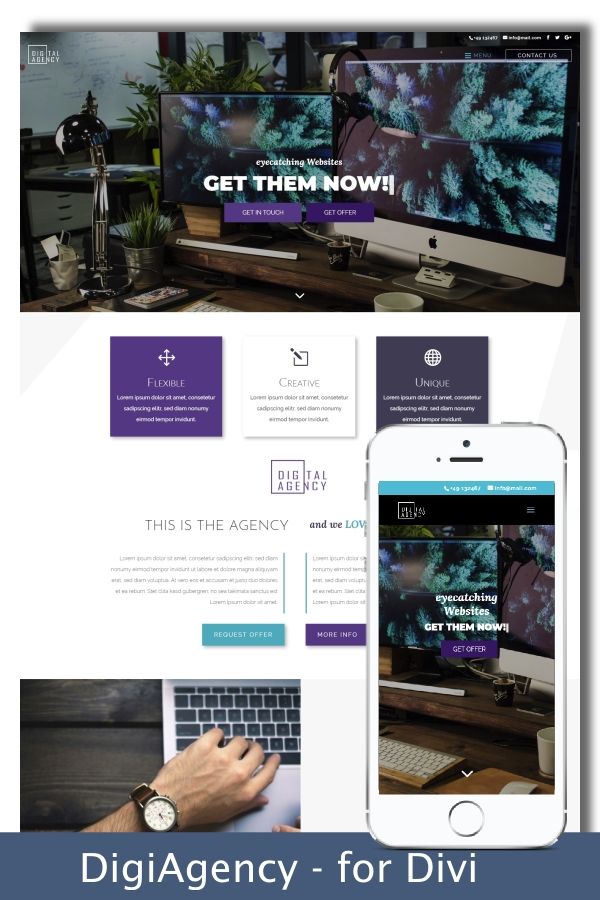ChatGPT is a conversational language model developed by OpenAI.
It is based on the Generative Pretrained Transformer (GPT) architecture and has been fine-tuned on a large corpus of conversational data to generate human-like responses in a chat-based setting.
Please find more information about ChatGPT here →
The GPT architecture is based on the Transformer neural network and is trained using unsupervised learning. During training, the model is fed a large amount of text data, and it learns patterns and relationships between words and phrases based on the context in which they appear. This enables the model to generate coherent and contextually appropriate text outputs.
ChatGPT is designed specifically for conversational AI, allowing it to generate responses that are natural and engaging in a chat-based setting. This makes it suitable for a wide range of applications, including customer service chatbots, virtual assistants, and social media bots.
One of the main advantages of ChatGPT is its ability to generate human-like responses that are contextually relevant. This allows it to engage in more natural and intuitive conversations, which can help to improve the user experience and increase customer satisfaction. Additionally, ChatGPT is highly scalable and can be integrated into a variety of platforms and systems, making it a versatile tool for businesses and organizations.
Another key advantage of ChatGPT is its ability to handle a wide range of tasks and topics. This is thanks to the large amount of training data it has been exposed to, which enables it to generate responses on a wide range of subjects, from news and current events to technical topics and specific industries.
In terms of deployment, ChatGPT can be integrated into existing chat systems and applications, or it can be used as a standalone chatbot. This makes it easy to use and implement, regardless of the specific requirements of the user or organization.
Overall, ChatGPT is a powerful and flexible tool for conversational AI that has the potential to revolutionize the way businesses and organizations interact with their customers and users. Its ability to generate human-like responses and handle a wide range of topics makes it a valuable asset for businesses looking to improve the customer experience and increase customer satisfaction.
1. Human-like Responses: One of the key benefits of ChatGPT is its ability to generate responses that are human-like and contextually relevant. This makes it well-suited for use in customer service and support applications, where it can help to improve the user experience and increase customer satisfaction by providing natural and intuitive responses.
2. Scalability: ChatGPT is highly scalable, which means it can be used to support large numbers of users and handle a wide range of tasks and topics. This makes it ideal for businesses and organizations of all sizes, as it can be easily integrated into existing chat systems and applications.
3. Versatility: ChatGPT has been trained on a large corpus of conversational data, which enables it to handle a wide range of tasks and topics. This makes it a valuable asset for businesses looking to improve their customer support capabilities, as it can be used to provide information on a wide range of subjects.
4. Ease of Deployment: ChatGPT can be integrated into existing chat systems and applications, or it can be used as a standalone chatbot. This makes it easy to use and implement, regardless of the specific requirements of the user or organization.
5. Improved Customer Satisfaction: By providing human-like and contextually relevant responses, ChatGPT has the potential to improve customer satisfaction and increase the overall user experience. This can help businesses to build stronger relationships with their customers and increase customer loyalty. Additionally, ChatGPT can handle a large volume of customer interactions, which can help to reduce wait times and improve response times, further enhancing the customer experience.





0 Comments